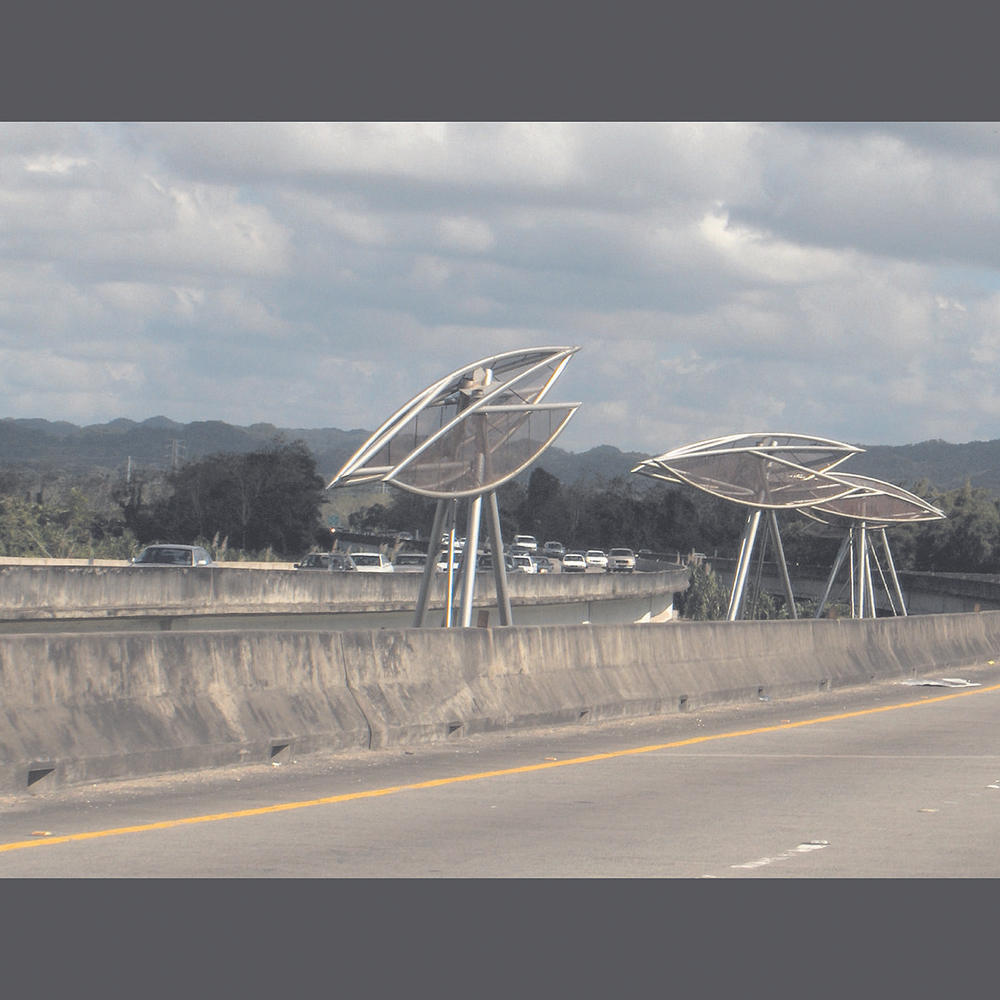
---
The Institute of Puerto Rican Culture (ICP as abbreviated in Spanish) has successfully restored the Arecibo mosquitoes.
The ICP undertook the restoration of the AËDES sculpture ensemble, which is included in the public art registry of the National Collection under its stewardship. This collection of sculptures situated along the PR-22 expressway in Arecibo, designed by architect and artist Imel Sierra Cabrera in 2004, was part of the restoration initiative financed by funds received from the Federal Emergency Management Agency in response to the devastation wrought by Hurricane Maria.
“This restoration endeavor represents the culmination of an initiative our agency has been pursuing since 2017,” stated ICP Executive Director Carlos Ruiz. “The public policy focused on conserving and promoting awareness of the arts and securing the allocation of these funds has been executed reliably and in adherence to the specified deadlines. The outcomes of these ongoing projects reinforce our pledge to maintain the art collection that we leave for the enjoyment of both current and future generations.”
The funding for this large-scale restoration project, classified under obligation PW-10895, totaled $664,863 and was specifically allocated for the restoration of 77 items, including the AËDES group, from the ICP National Collection. These artworks are spread across various towns and municipalities, including the Museo Casa Blanca and the Museo de las Américas, both located in Old San Juan, as well as the Museo Casa Cautiño in Guayama. The initiative also provided employment opportunities for four Puerto Rican conservators along with their workshop assistants. It stands as one of the few public art pieces that belong to the ICP collection.
“We take pride in collaborating with a team of registrars, conservators, artists, and other experts to successfully restore these 77 items, with AËDES being the most intricate project,” remarked María del Mar Caragol, the director of the ICP Visual Arts program. “The Institute’s mission encompasses executing public policy to conserve, share, and educate regarding our heritage. Completing this project signifies a noteworthy accomplishment that strengthens our commitment to serve both the nation and the artistic community.”
According to the artist, AËDES symbolizes a cloud of mosquitoes, reminiscent of his childhood walks through the now-unseen areas of Arecibo. The artist reflects upon the landscape and the mosquitoes in a wetland compared to the advancements in technology and infrastructure that divide them. With the series of elongated, winged figures observable from passing vehicles, the artist aimed to evoke the feeling of a translucent cloud outlined by bodies cloaked in perforated, earth-toned mesh that subtly contrasts against the sky.
The AËDES restoration project required roughly 11 months from its initiation and pre-production phases to its completion in September 2024. The overall restoration expenditure was $566,205.32, which encompassed the procurement and importation of the steel utilized to fabricate each of the structures forming the sculpture set. One of the project’s challenges was operating in a wetland beneath a bridge, which complicated the logistics of transporting raw materials and executing welding tasks amid the heavy rains typical of hurricane season.
The sculpture ensemble consists of 10 stainless steel frameworks, whose tops were covered with a perforated and corroded steel sheet. Following Hurricane Maria, the structures sustained considerable harm, evident in the gaps within their planks and damage to the welds connecting the legs and body.
In addition to performing welding repairs on the large-scale sculptures, the artist also planted native trees in the wetland, thereby fulfilling requirements set forth by the Department of Natural and Environmental Resources.
